Archives
- 2025-11
- 2025-10
- 2025-09
- 2025-03
- 2025-02
- 2025-01
- 2024-12
- 2024-11
- 2024-10
- 2024-09
- 2024-08
- 2024-07
- 2024-06
- 2024-05
- 2024-04
- 2024-03
- 2024-02
- 2024-01
- 2023-12
- 2023-11
- 2023-10
- 2023-09
- 2023-08
- 2023-06
- 2023-05
- 2023-04
- 2023-03
- 2023-02
- 2023-01
- 2022-12
- 2022-11
- 2022-10
- 2022-09
- 2022-08
- 2022-07
- 2022-06
- 2022-05
- 2022-04
- 2022-03
- 2022-02
- 2022-01
- 2021-12
- 2021-11
- 2021-10
- 2021-09
- 2021-08
- 2021-07
- 2021-06
- 2021-05
- 2021-04
- 2021-03
- 2021-02
- 2021-01
- 2020-12
- 2020-11
- 2020-10
- 2020-09
- 2020-08
- 2020-07
- 2020-06
- 2020-05
- 2020-04
- 2020-03
- 2020-02
- 2020-01
- 2019-12
- 2019-11
- 2019-10
- 2019-09
- 2019-08
- 2019-07
- 2019-06
- 2019-05
- 2019-04
- 2018-11
- 2018-10
- 2018-07
-
In Grabowski and colleagues report that women consistently u
2019-06-14
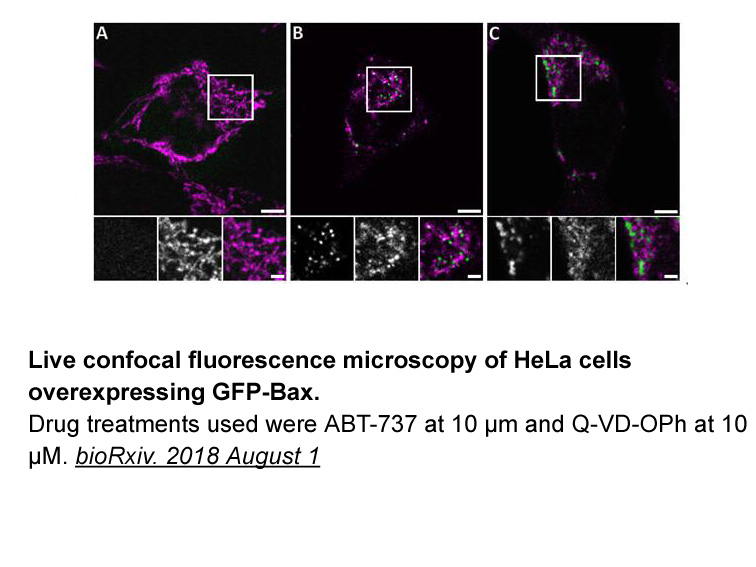
In , Grabowski and colleagues report that women consistently using DMPA were at nearly double the risk of acquiring herpes simplex virus type 2 (HSV2) compared with those using no contraception; in a sensitivity analysis limited to those whose main partner had HSV2, the risk increased by six times.
-
br Una de las m s acres y reiteradas
2019-06-14
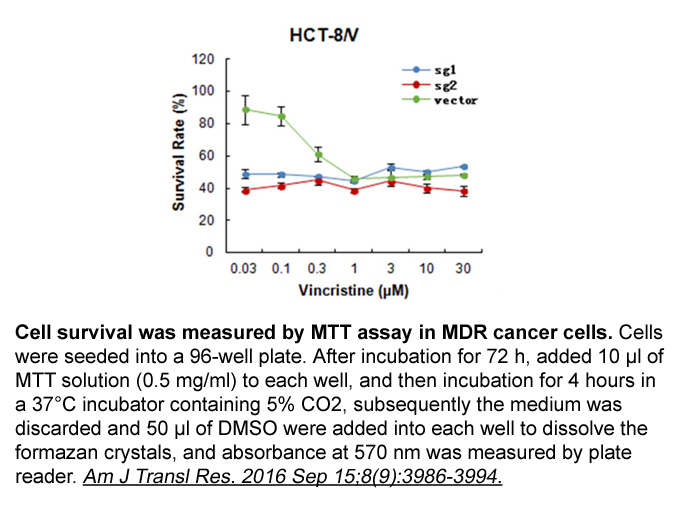
Una de las más acres y reiteradas recriminaciones GSK212 Supplier la tl provenientes de los sectores eclesiales más conservadores, ha estado fundada en el uso del instrumental teórico de origen marxista y su tesis de la lucha de clases, debido a que se le atribuye una irreconciliable incompatibili
-
br Discussion This observation reports an
2019-06-14
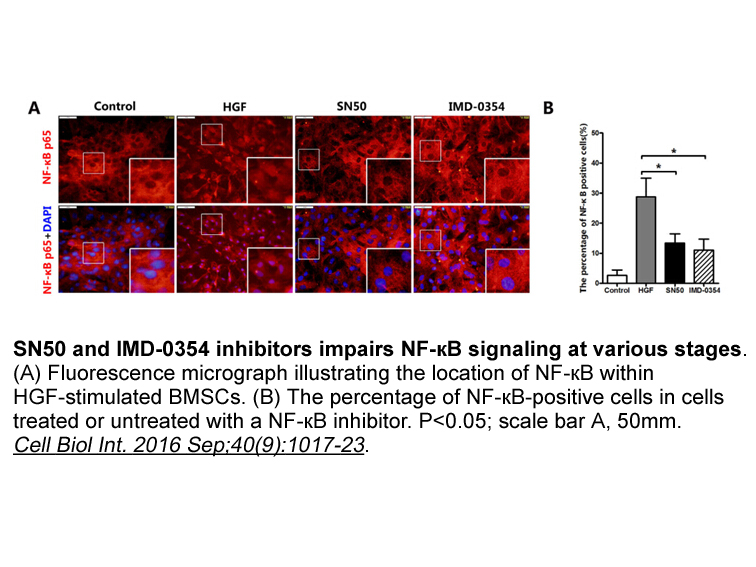
Discussion This observation reports an unusual association of LEMS with LGL leukemia occurring in the same patient, and clearly shows that both diseases benefited from LGL leukemia therapy. Methotrexate and steroids rapidly induced hematological complete remission associated with disappearance of
-
An interesting finding in the
2019-06-14
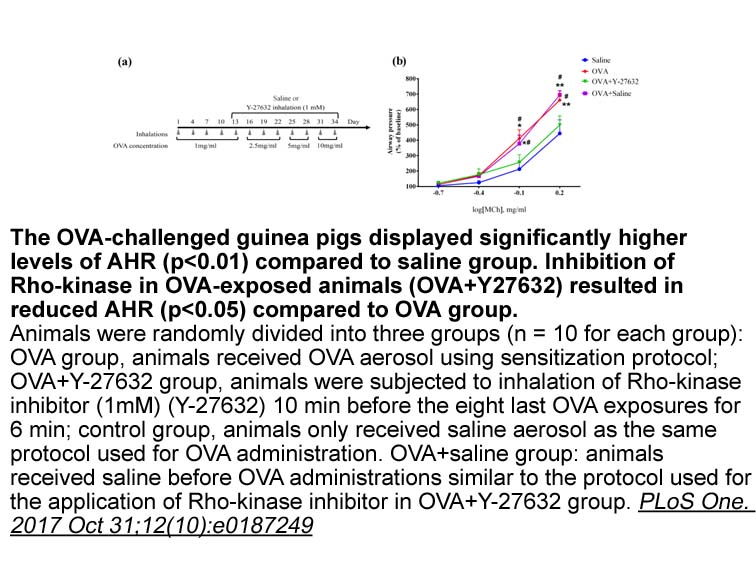
An interesting finding in the study of Ngabo and colleagues was that, after a huge drop in the number of admittances to hospital for rotavirus in 2013, there was no further fall the next year. As the researchers discuss, this finding might herald the beginning of a biennial pattern of rotavirus acti
-
Clinical genetic electrocardiographic and electrophysiologic
2019-06-13
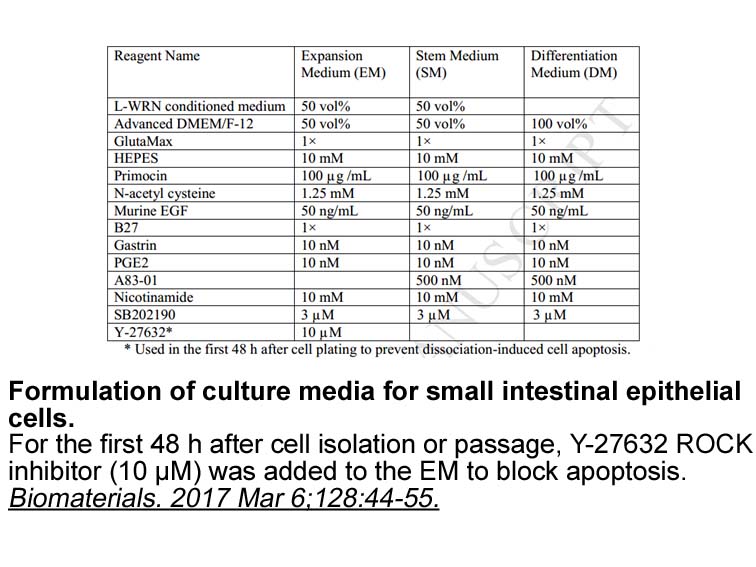
Clinical, genetic, electrocardiographic, and electrophysiological variables did not differ significantly between patients with and without the ER pattern (Table 2). Discussion Among our Brugada syndrome patients, the prevalence of the ER pattern was 10.1%, which is high in comparison to the 2%–5
-
For HL most previous studies have
2019-06-13
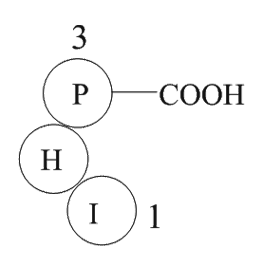
For HL, most previous studies have shown a correlation between decreasing survival rates for patients with HL with decreasing SES, although several studies found no or a varied association between survival outcomes in patients with HL with decreasing SES. The differences in these findings may be att
-
br D microCT data Bone
2019-06-13
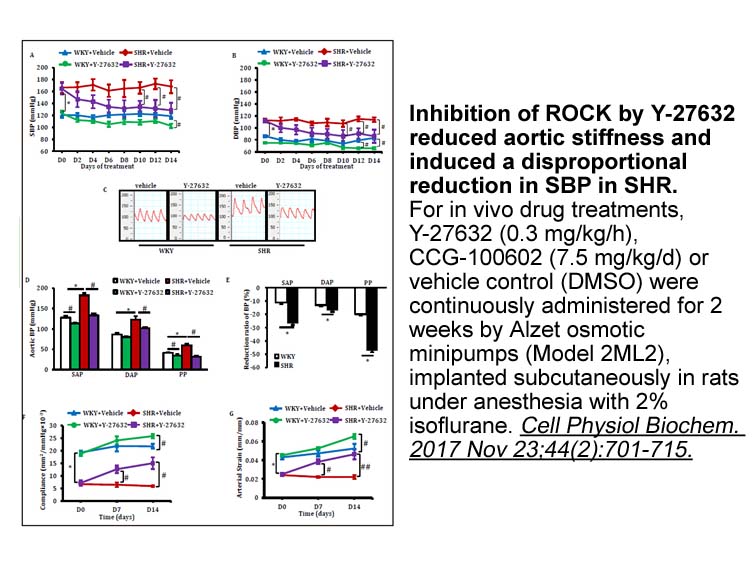
3D microCT data Bone volume (BV/TV) ranged from 10.8 to 13.5% consistent with the published literature [18]. Trabecular thickness (Tb.Th), trabecular rsv virus (Tb.Sp), trabecular number (Tb.N) and bone surface per tissue area (BS/TV) values were also consistent with the range published in the l
-
br Material and methods br Results br Discussion PV isolatio
2019-06-13
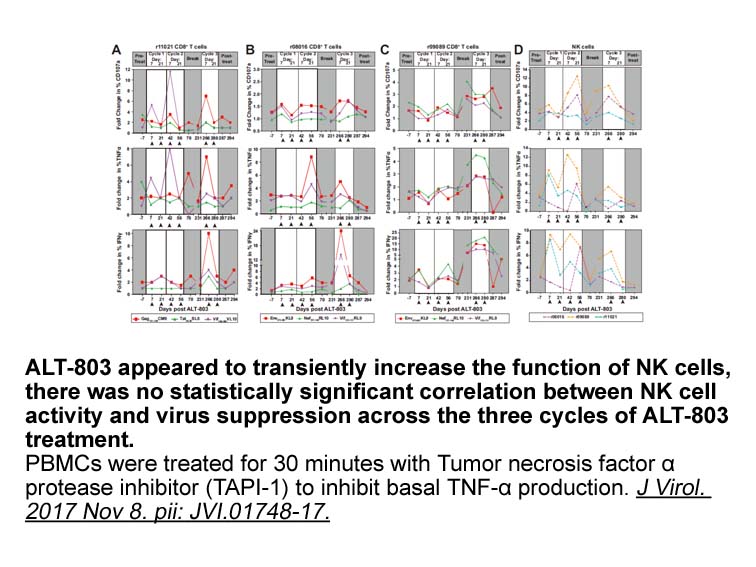
Material and methods Results Discussion PV isolation is currently the cornerstone for treatment of patients with paroxysmal AF [6]. An extended technique is circumferential PV isolation using point-by-point ablation around the PV ostium. However, that is a technically challenging and time-c
-
nuclear receptors The most compelling apparent evidence in s
2019-06-13
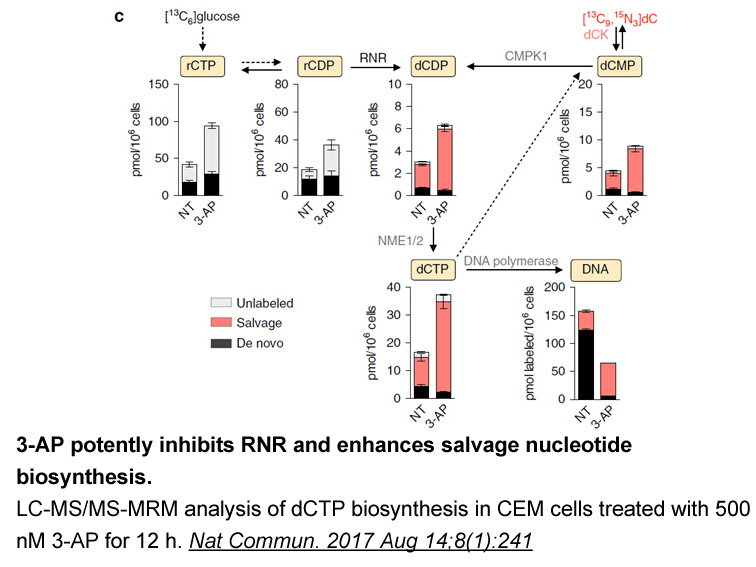
The most compelling apparent evidence in support of the depolarization hypothesis derives from the seminal studies of Nademanee et al. [129]. showing that radiofrequency ablation (RFA) of epicardial sites displaying late potentials and fractionated bipolar electrograms in the RVOT of patients with B
-
Equally in regards to the Rt
2019-06-13
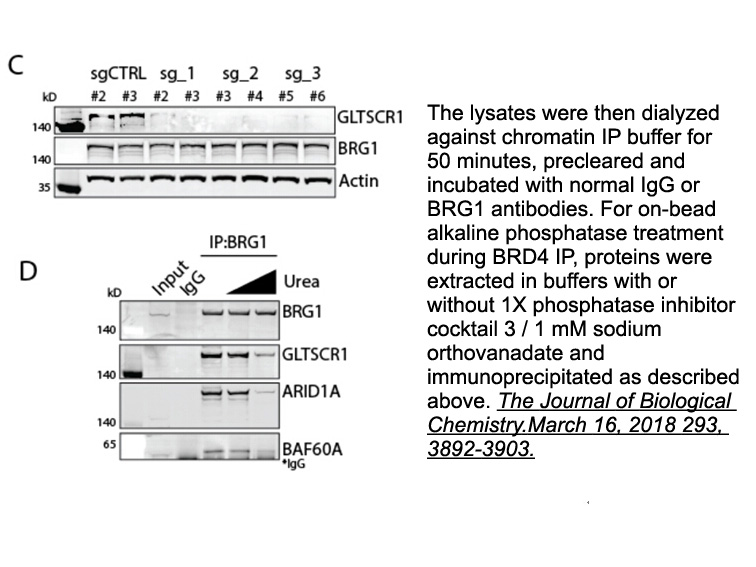
Equally, in regards to the Rt.PVs, because there was a significant difference in the direction of the myocardial activation wavefront between that during CSd and that during HRA pacing, there was a significant difference in the time it DNA Damage DNA Repair Library took to activate the PVs (Fig. 6C,
-
Era tal el recelo que hab a sobre el enriquecimiento
2019-06-13

Era tal el recelo que había sobre el enriquecimiento de los ministros que en enero de 1622 se intentó investigar los orígenes de su riqueza. El mismo mes se publicó un decreto que estipulaba que todos los que habían tenido cargos URMC-099 Supplier partir de 1592 debían inventariar sus propiedades an
-
In humans the two primary
2019-06-13
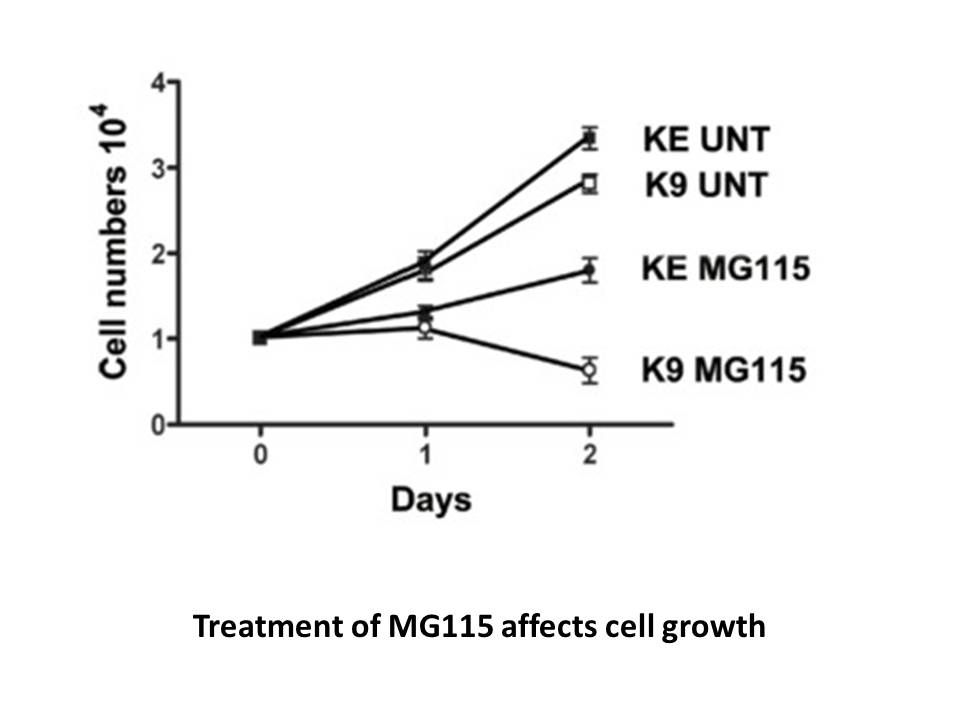
In humans, the two primary bile acids CA and CDCA make up approximately 70%–80% of the total bile carnosic acid pool. DCA is the major secondary bile acid, which may account for approximately 20% of the total bile acid pool. Among all bile acid species, the secondary bile acid LCA is highly toxic. L
-
Si al hablar de realismo
2019-06-13

Si al hablar de “realismo” se alude en verdad Manumycin A cost un determinado tipo de relación entre literatura y realidad, es la pregunta acerca de las características de esta relación la que nos conduce nuevamente a las crónicas de Indias en la medida en que el siglo xvi en Occidente es un momento
-
Si en La virgen de
2019-06-13
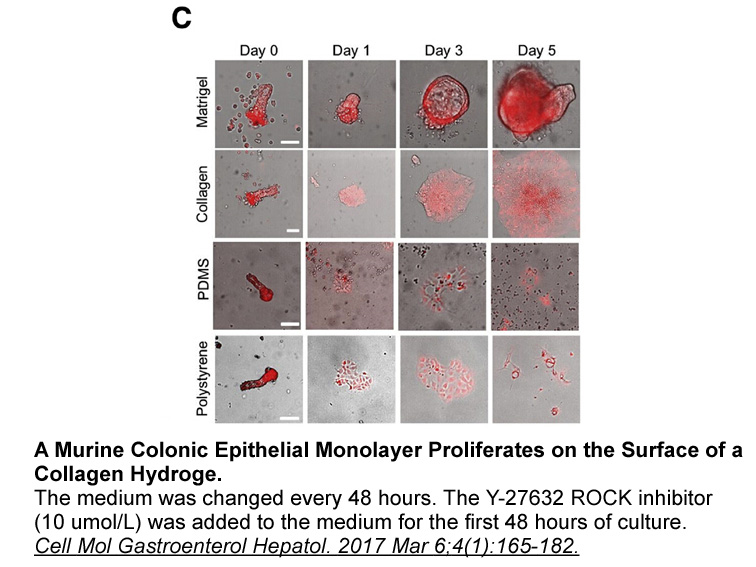
Si en La virgen de los sicarios “la vida crapulosa está derrotando PR-171 la muerte”, y “anda toda ventiada por Medellín día y noche en su afán haciendo lo que puede, compitiendo con semejante paridera, la más atroz [y] este continuo nacer de niños y el suero oral le están sacando canas”, para Ramír
-
br Rheumatic heart disease RHD affects over million people w
2019-06-13
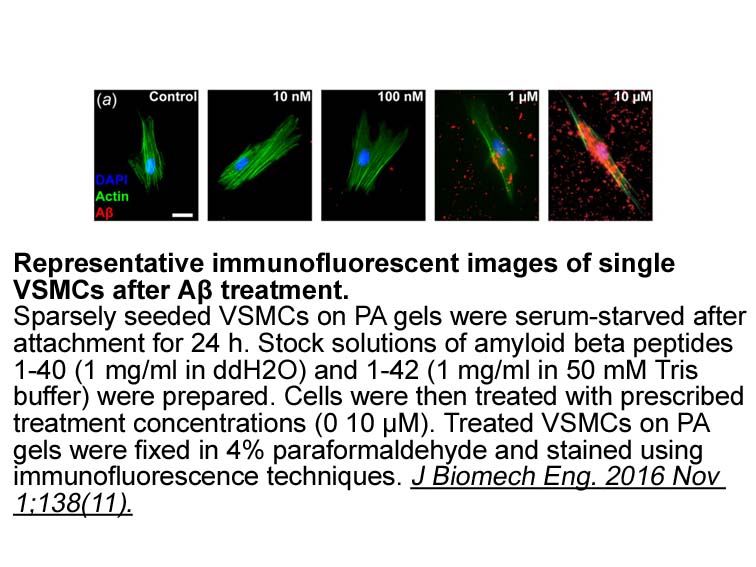
Rheumatic heart disease (RHD) affects over 32 million people worldwide; the vast majority of patients are in low-income and middle-income countries. It is a leading cause of premature mortality in children and young adults living in endemic regions. Patients with RHD often present in an advanced s
15673 records 996/1045 page Previous Next First page 上5页 9969979989991000 下5页 Last page